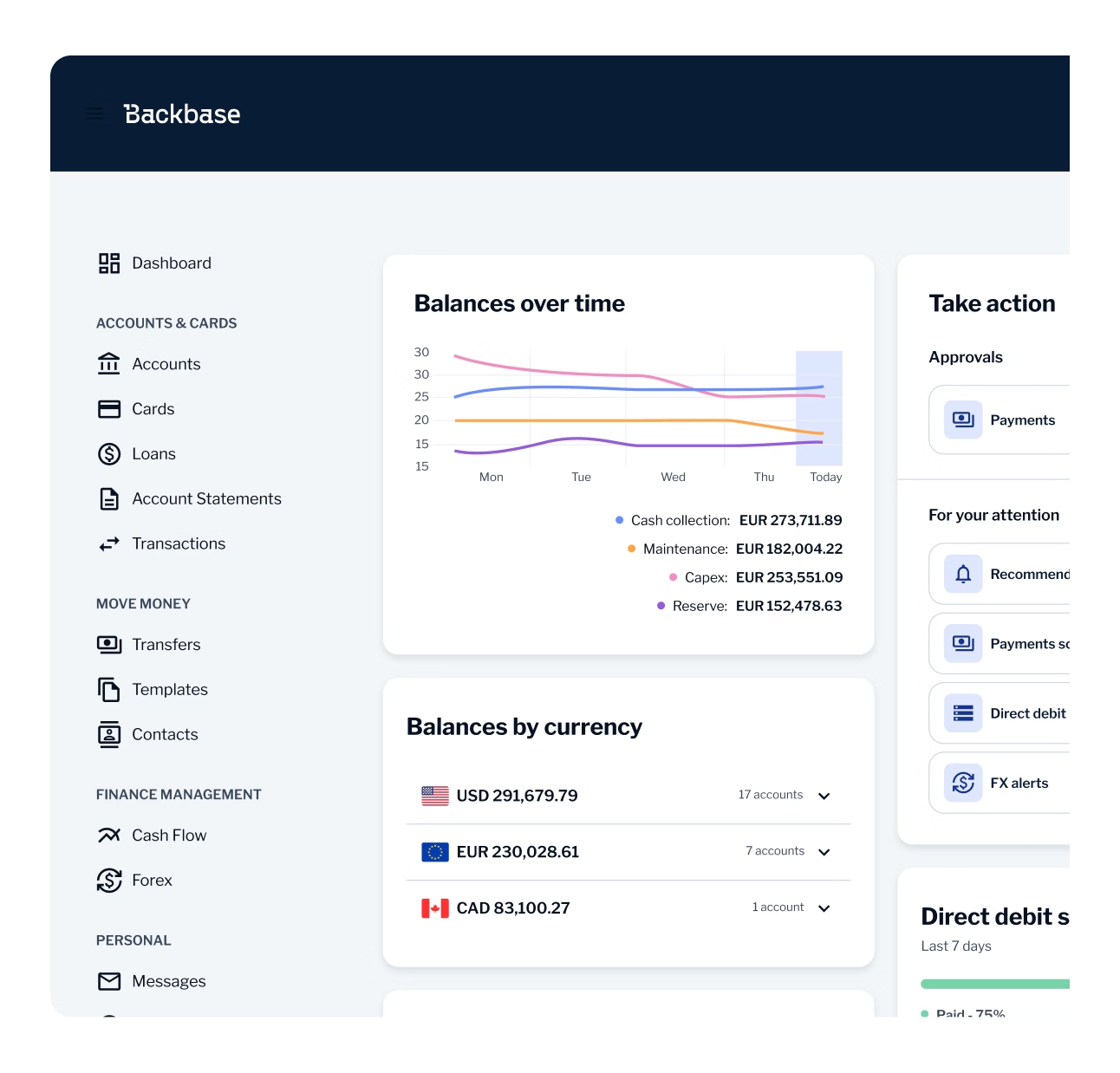Backbase
Financial wellness apps are the new digital battleground between traditional banks and neobanks
New data sheds light on the head-start that neobanks have, that Australia’s banking sector is now attempting to reduce


New data revealed in a Backbase commissioned study conducted by Forrester Consulting shows that Australia’s banking sector is moving to fully embrace digital financial wellness tools as a way of gaining and keeping customers, ensuring banks remain ingrained in the day-to-day financial decisions of consumers.
Once only the realm of smaller neobanks such as Wisr, WeMoney, and Frollo, the banking sector as a whole is now seeing the demand for digital financial wellness tools move to mainstream and as such are making these initiatives a core part of their digital offering.
Talking about the study’s findings, Sydney-based Iman Ghodosi, Regional Vice President for Backbase in Asia Pacific, said Australian banks are learning from their mistakes and slow reaction to the ‘buy now, pay later’ boom: “Traditional banks got caught on the back foot with the recent rise in BNPL. It looks like they don’t want to repeat that mistake with neobanks and their mobile-first personal financial management tools that are already adding value to the lives of many Australians.”
“Digital money management and financial wellness is no longer a gimmick and we’re not far from this being the primary interface between banks and their customers across the sector. Legacy institutions are now striving to build consumer trust, and assist with services such as spending analysis, budgeting, creating saving goals, and improving credit scores through these tools. All the while benefiting from the deep well of customer data and insights that they can offer.”
Of the ANZ retail-banking business decision-makers interviewed as part of the report,92% said their financial institution was ‘planning to’, or ‘actively expanding’ its financial wellness and money management tools, while 60% said it was of ‘critical priority’.
The fintech wolves are at the door
“The urgency, focus and action are as a result of the next wave of neobanks, fintechs and disruptors waiting to take market share,” adds Mr Ghodosi, who sees the next six months as an inflection point in the space.“Digital technologies can provide an aggregated view, along with alerts and insights across multiple accounts, and the likes of Frollo, Humaniti, Wisr, and myprosperity are all gaining traction and market share amongst Australians.”
“In the platform era of Netflix and Spotify, people want the same high level of customer focus and flexibility for financial services they subscribe to. They want access to their personal finances, anytime, anywhere, through any channel, and tools on how to manage it; traditional banks are getting left behind and they know it.”
“Now more than ever, it is important to own the relationship with your customer. We’ve now entered the Engagement Banking Era, an evolution that stresses a one unified platform approach for banking. The number one priority in this new era is to completely re-architect the bank around the customer, moving away from siloed technology investments.. At Backbase, we help banks to adopt and build modern, cloud-native banking platforms to keep pace with changing consumer demands, gain a 360 degree view into banking behaviours, and grow market share across all lines of business. We focus on customers before products, and create digital money management tools that match individual needs.”
Unfortunately for Australia’s banks, the key challenges that stand in their way include a ‘lack understanding of their customer needs and outcomes’, a ‘lack of a digital-focused culture’ within the organisation, ‘outdated technology’, and limiting ‘organisational silos’. “One can see how fintech and neobanks have a head start”, Mr Ghodosi added. “There is also a lack of understanding within legacy institutions on who owns the budget for these types of initiatives; is it considered customer experience? Is it corporate strategy? Or is it marketing? When in fact it is all three and more.”
More to it than just a customer retention strategy
One of the most interesting findings in the data reveals that through digital financial wellness initiatives, banks can offer more care and protection to their customers than they have had the opportunity to do before. This pays dividends for the dwindling trust customers have for banks, and equally benefits both them and the institution.For example, 72% of retail banking business decision-makers interviewed mentioned that ‘preventing exploitation of vulnerable and older customers’ was a priority, and 60% said ‘providing secure shared financial management solutions for vulnerable customers, powers of attorney, and caregivers’ was a focus. 54% said ‘proactively helping customers with mental health issues or financial distress’ was in their plans and 74% are ‘using financial wellness to encourage customers to build better financial habits’. Something that may be seen as favourable when it comes to Environmental, Social, and Corporate Governance reporting.
Other more specific tools were also mentioned such as ‘improving customer’s credit scores’ (80%), ‘providing personalised recommendations for financial products’ (74%), and ‘advanced pay and income smoothing’ with 64% of decision-makers mentioning it was something their company was planning.
“CommBank, ANZ, and others are making headway in this space and have the technological capabilities to close the lead on the dynamic and nimble neobanks. As technology continues to redefine financial services, consumer expectations and demand fuel the sense of urgency for financial service providers in Australia to capitalise on the financial wellness opportunity.”
“As a market leader in engagement banking platforms enabling the disruptors of the banking industry and incumbents alike, Backbase is primed to address this real need. Our engagement banking platform is helping banks to launch modern, cloud-native banking services that keep pace with all these changes. To maintain customer loyalty, banks must adapt their strategies and acknowledge that the consumer journey is no longer linear; they must evolve their approach to a unified platform one, allowing them to properly address customer’s needs.”

Backbase is on a mission to put bankers back in the driver’s seat — fully equipped to lead the AI revolution and unlock remarkable growth and efficiency. At the heart of this mission is the world’s first AI-powered Banking Platform, unifying all servicing and sales journeys into an integrated suite. With Backbase, banks modernize their operations across every line of business — from Retail and SME to Commercial, Private Banking, and Wealth Management.
Recognized as a category leader by Forrester, Gartner, Celent, and IDC, Backbase powers the digital and AI transformations of over 150 financial institutions worldwide. See some of their stories here.
Founded in 2003 in Amsterdam, Backbase is a global private fintech company with regional headquarters in Atlanta and Singapore, and offices across London, Sydney, Toronto, Dubai, Kraków, Cardiff, Hyderabad, and Mexico City.

